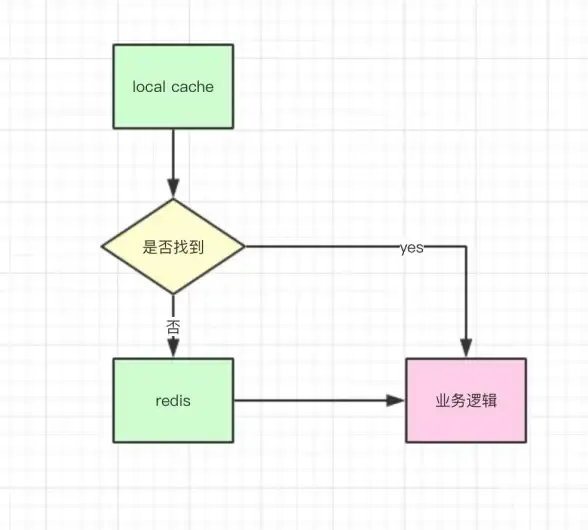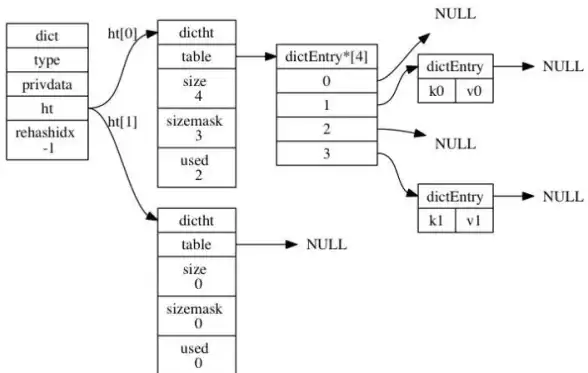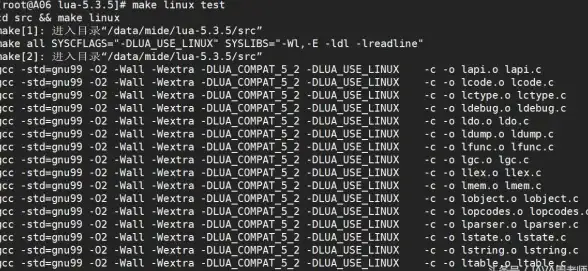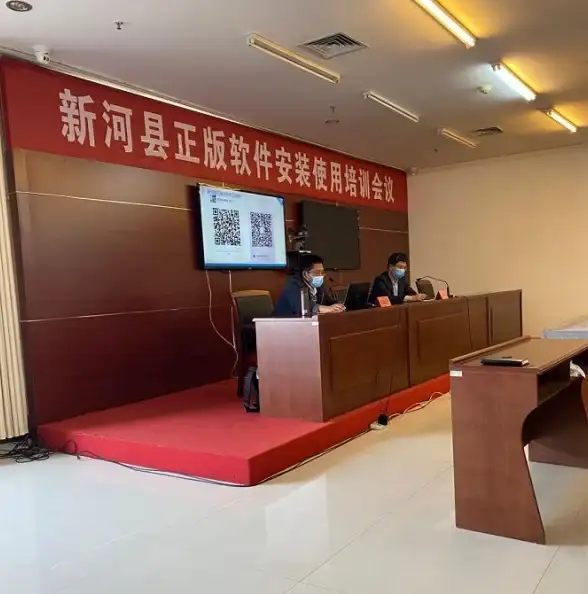Redis优化 热点数据处理 解决Redis热点数据问题的有效方法探索
- 问答
- 2025-08-02 16:14:44
- 4
🔥 Redis优化 | 热点数据处理:当你的缓存系统遭遇"明星效应"
场景引入:双十一的崩溃瞬间
"小王,快看!我们的爆款商品页面又挂了!" 凌晨2点的办公室,技术主管老张拍着桌子喊道。🆘
这是电商公司第三次备战双十一,前两次都因为热点商品导致Redis集群崩溃,价值千万的促销活动,因为几个"明星商品"的超高访问量,让整个缓存系统不堪重负,服务器监控图上,那几个热点key的QPS曲线像火箭一样直冲云霄,而周围的其他key则平静如湖面...
这种"明星效应"在Redis中被称为热点数据问题,今天我们就来深入探讨如何驯服这些"数据明星"!
第一章:认识Redis热点数据问题
1 什么是热点数据?🤔
热点数据是指在短时间内被极高频率访问的少量数据,通常具有以下特征:
- 单个key的QPS远超平均水平(可能是其他key的百倍甚至千倍)
- 集中在特定时间段爆发(如秒杀活动、热门新闻发布)
- 通常只占全部数据的极小比例(不到1%)
2 热点数据的危害 💣
[监控警报] Redis节点CPU使用率100%! [用户反馈] 页面加载超时,无法下单! [老板震怒] 我们的系统就这么脆弱吗?!
热点数据会导致:
- 单节点过载:即使使用集群,相同key总是路由到同一节点
- 缓存击穿:热点key过期瞬间,海量请求直接压垮数据库
- 集群倾斜:数据分布不均,部分节点"忙死",其他节点"闲死"
第二章:热点数据检测三板斧 🕵️♂️
1 实时监控法 🔍
# 使用Redis命令实时监控
redis-cli --hotkeys
# 或者使用monitor命令采样分析
redis-cli monitor | head -n 1000 | awk '{print $5}' | sort | uniq -c | sort -nr
最佳实践:建立自动化监控系统,当单个key QPS超过阈值(如5000)时触发告警。
2 客户端埋点法 📌
在业务代码中添加访问统计:
// 伪代码示例
public Object getData(String key) {
metricsCollector.recordAccess(key); // 记录key访问
return redis.get(key);
}
3 代理层分析 🕵️♀️
如果使用Redis代理(如Twemproxy、Codis),可以在代理层实现热点统计:

# 伪代码:代理中间件记录key访问
def process_request(key):
hotspot_detector.record(key)
if hotspot_detector.is_hot(key):
trigger_cool_down(key)
第三章:六大解决方案实战 🛠️
1 本地缓存盾牌 🛡️
对于极热点数据,使用多级缓存:
// 伪代码:Guava+Caffeine+Redis三级缓存
public Product getProduct(String id) {
// 1. 查本地缓存
Product product = localCache.get(id);
if (product == null) {
// 2. 查分布式缓存
product = redis.get(id);
if (product == null) {
// 3. 查数据库
product = db.get(id);
redis.setex(id, 300, product); // 设置5分钟过期
}
localCache.put(id, product); // 回填本地缓存
}
return product;
}
注意:本地缓存需要设置合理的过期时间(如1秒),避免数据不一致。
2 Key分片魔术 ✨
将热点key拆分为多个子key:
# 原始热点key
hot_key = "product_123"
# 分片方案
def get_sharded_key(base_key, shard_num=5):
import hashlib
shard = int(hashlib.md5(base_key.encode()).hexdigest()[:8], 16) % shard_num
return f"{base_key}_shard_{shard}"
# 写入时
for i in range(5):
redis.set(f"product_123_shard_{i}", data)
# 读取时
sharded_key = get_sharded_key("product_123")
data = redis.get(sharded_key)
3 随机过期时间 ⏳
避免热点key同时过期引发缓存雪崩:
// 伪代码:设置基础过期时间+随机偏移量 int baseExpire = 3600; // 1小时 int randomOffset = new Random().nextInt(600); // 0-10分钟随机 redis.setex(key, baseExpire + randomOffset, value);
4 读写分离策略 👥
配置Redis集群时,对热点key启用读写分离:
# Redis配置片段 replica-read-only yes
客户端代码调整:
// 伪代码:写请求走主节点,读请求可以走从节点
if (isWriteOperation(command)) {
sendToMaster(command);
} else {
sendToReplica(command);
}
5 限流熔断机制 🚦
使用令牌桶算法保护热点key:
// 伪代码:Golang限流实现
limiter := rate.NewLimiter(rate.Every(100*time.Millisecond), 10) // 每秒10个请求
func getHotData(key string) (interface{}, error) {
if !limiter.Allow() {
return nil, errors.New("too many requests")
}
return redis.Get(key)
}
6 热点数据预热 🔥
提前加载预期会成为热点的数据:
# 伪代码:活动开始前预热
def preheat_hot_items():
hot_items = predict_hot_items() # 预测热点商品
for item in hot_items:
redis.set(f"product_{item.id}", item.to_json())
redis.expire(f"product_{item.id}", 7200) # 2小时过期
print(f"🔥 已预热{len(hot_items)}个热点商品")
第四章:特殊场景解决方案 🎯
1 秒杀系统优化 ⚡
组合拳方案:

- 库存分段:将1000件库存拆分为10个100件的key
- 本地计数:客户端先本地扣减,批量提交
- 异步落库:最终一致性代替实时一致性
// 伪代码:秒杀核心逻辑
public boolean seckill(long itemId, long userId) {
// 1. 本地计数检查
if (!localCounter.tryAcquire()) {
return false; // 本地已售罄
}
// 2. 获取分布式分段锁
int segment = userId % 10;
String lockKey = "lock:" + itemId + ":" + segment;
try {
if (redis.setnx(lockKey, "1", 10)) { // 10秒锁
// 3. 检查分段库存
String stockKey = "stock:" + itemId + ":" + segment;
int stock = redis.decr(stockKey);
if (stock >= 0) {
// 4. 异步创建订单
mq.sendCreateOrderMessage(itemId, userId);
return true;
}
}
return false;
} finally {
redis.del(lockKey);
}
}
2 热点用户数据 👤
社交平台中明星用户的数据处理:
- 动态TTL:活跃用户设置较长缓存时间
- 主动刷新:用户发帖时主动更新缓存
- 差异缓存:粉丝看到的详细资料,路人看到精简版
def get_user_profile(user_id, is_fan=False):
cache_key = f"user:{user_id}:{'full' if is_fan else 'basic'}"
profile = redis.get(cache_key)
if not profile:
profile = db.get_profile(user_id, detailed=is_fan)
ttl = 86400 if is_active(user_id) else 3600 # 活跃用户缓存更久
redis.setex(cache_key, ttl, profile)
return profile
第五章:防坑指南 🚧
1 不要过度优化 🛑
"我们解决了热点问题,却创造了更多问题..." —— 某踩坑工程师
常见误区:
- 对所有数据都做多级缓存 → 内存爆炸💥
- 过度分片导致key数量膨胀 → 集群性能下降📉
- 复杂方案引入一致性风险 → 数据错乱🤯
2 性能测试必不可少 🧪
优化前后对比测试建议:
| 方案 | QPS提升 | 延迟降低 | 复杂度增加 | |----------------|--------|--------|----------| | 本地缓存 | 300% | 80% | 低 | | Key分片 | 150% | 40% | 中 | | 读写分离 | 120% | 20% | 高 |
3 监控-分析-优化闭环 🔄
建立持续优化机制:
- 监控:实时热点检测
- 分析:根因定位(是读多写少?还是大value?)
- 优化:针对性方案实施
- 验证:A/B测试效果
平衡的艺术 ⚖️
处理Redis热点数据没有银弹,关键在于找到性能与复杂度的平衡点,就像驯兽师面对猛兽,既不能放任不管,也不能过度控制,2025年的今天,随着Redis7.x新特性的出现(如Client-side caching、Function replication),我们有了更多武器来应对这一挑战。
最好的优化方案永远是适合你业务场景的那个,而不是看起来最高大上的那个,下次当你发现Redis监控图上出现那个熟悉的"高峰"时,希望你能会心一笑:"小样,这次我可准备好治你的招了!" 😎
最后的小贴士:在处理生产环境热点问题时,永远准备好回滚方案!一个小小的--rollback参数,可能比任何高深的技术更能保住你的年终奖。💰
本文由 宗政沙 于2025-08-02发表在【云服务器提供商】,文中图片由(宗政沙)上传,本平台仅提供信息存储服务;作者观点、意见不代表本站立场,如有侵权,请联系我们删除;若有图片侵权,请您准备原始证明材料和公证书后联系我方删除!
本文链接:https://vps.7tqx.com/wenda/517453.html









发表评论